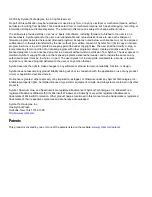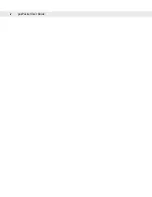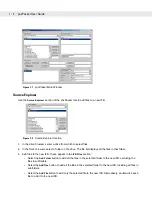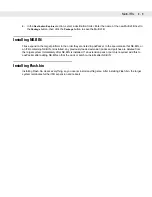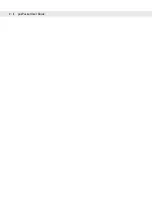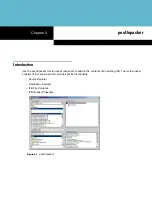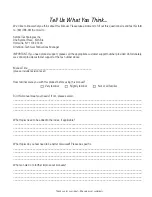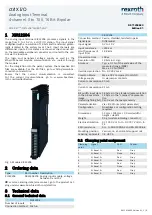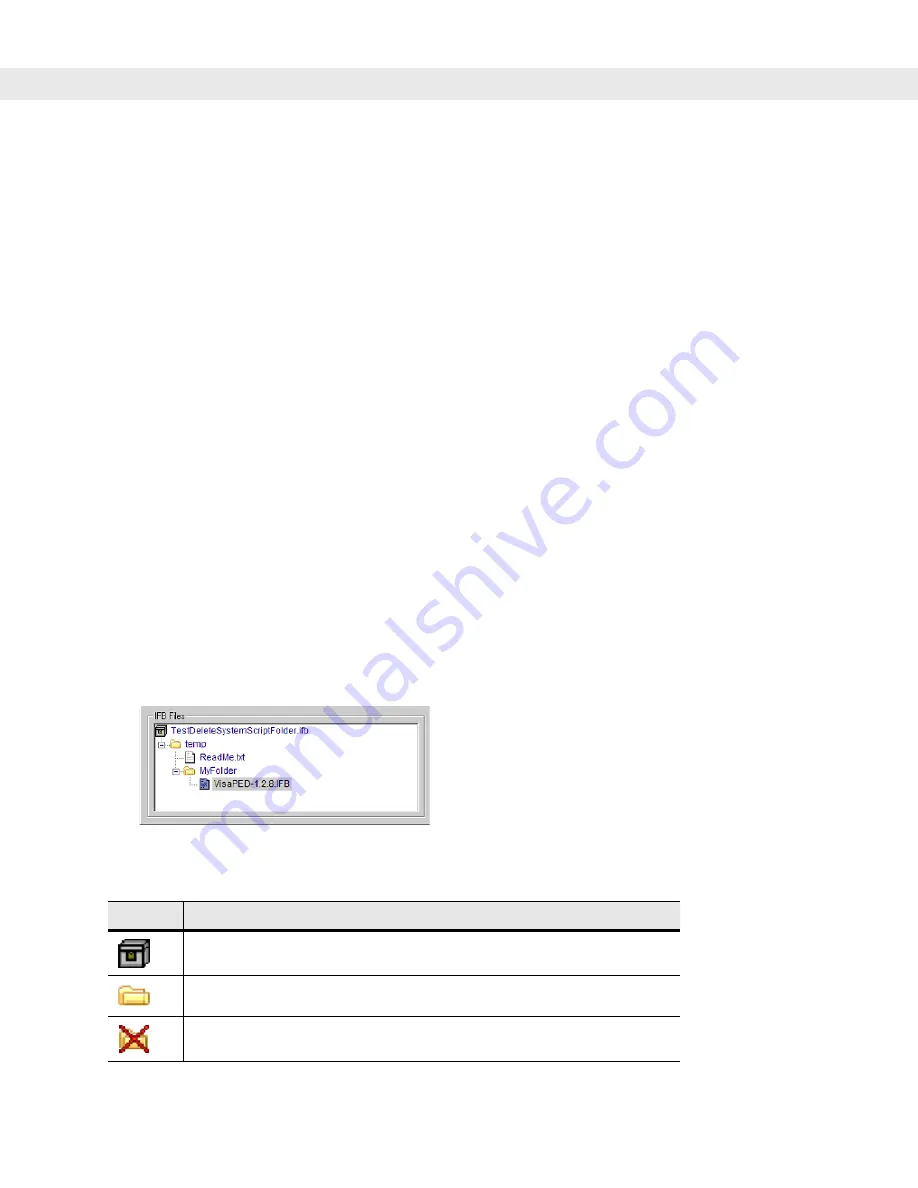
1 - 4
posPacker User Guide
the target system. Note that the Delete Folder IFB command function call is recursive (it deletes all
files and subfolders in the specified folder).
-
Select the
Make Folder
button to create a Make Folder IFB command function call in the new IFB. In
the text box to the right of this button, enter the name of the folder to create on the target system, or
double-click a folder to enter its name. The folder is only created on the target system if it does not
already exist.
-
The
Run File
button creates a Run File IFB command function call in the new IFB. In the text box to
the right of this button, enter the name of the file to run on the target system, or double-click a file to
enter its name. The file can reside in the new IFB, or it can exist on the target system. During IFB
expansion, the Run File IFB command function call does not return until the running file completes, so
further IFB expansion halts until then. Use this command primarily for creating Multi-IFBs, where you
enter the name of the IFB file to run (expand) in the text box. Note that using the Run File IFB
command function with non-IFB files only works for SYSTEM signed IFBs (IFBs signed by Symbol).
Using this command with IFBs that are CUSTOMER, VAR, or PUBLIC signed for a non-IFB file
generates an access level error.
-
The
Del File
button creates a Delete File IFB command function call in the new IFB. In the text box to
the right of this button, enter the name of the file to delete from the target system, or double-click a file
to enter its name. The file can reside in the new IFB, or it can exist on the target system.
3.
Select the
Delete Previous Folder Contents
check box to cause the new IFB to create empty folders on the
target system. This ensures that the new IFB installs on the target system without leaving older files on the
target system.
Use this check box with caution
. Once you delete a folder on the target system, you
cannot recover it.
IFB Files
The
IFB Files
section of the posPacker tool displays all the IFB command functions in the new IFB. The name
of the new IFB file appears at the root. Note that the commands execute on the target system in the order they
appear in the IFB Files section.
Figure 1-5
IFB Files Section
Table 1-1
IFB Files Section Icons
Icon
Description
New IFB File Name
Make Folder IFB Command Function
Delete Folder IFB Command Function
Summary of Contents for PD8500
Page 1: ...posPacker User Guide...
Page 2: ......
Page 3: ...posPacker User Guide 72E 86035 01 Revision A July 2006...
Page 6: ...iv posPacker User Guide...
Page 14: ...1 6 posPacker User Guide...
Page 18: ...2 4 posPacker User Guide...
Page 24: ......
Page 25: ......




